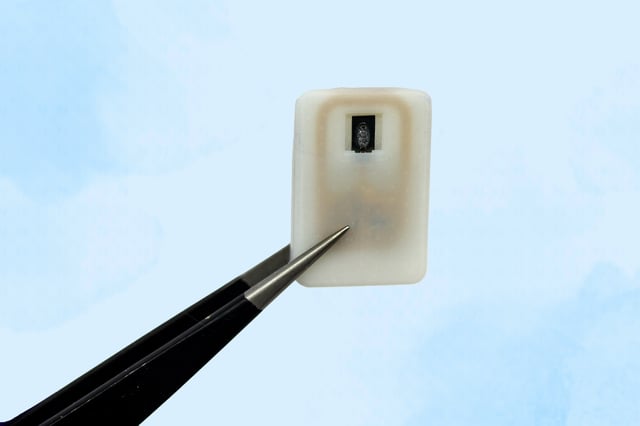Overview
- The implant houses powdered glucagon or epinephrine in a 3D-printed polymer reservoir sealed by a nickel-titanium shape-memory alloy that opens at 40 °C when wirelessly activated.
- In diabetic mouse models, wireless-triggered glucagon release normalized blood glucose within ten minutes and separate tests confirmed rapid epinephrine delivery.
- The device remained fully operational after four weeks under the skin despite fibrotic encapsulation around the implant.
- Researchers plan to extend the implant’s operational lifespan to at least one year before replacement and initiate human trials within three years.
- Its wireless design offers potential for automatic hormone release through integration with continuous glucose monitors.
